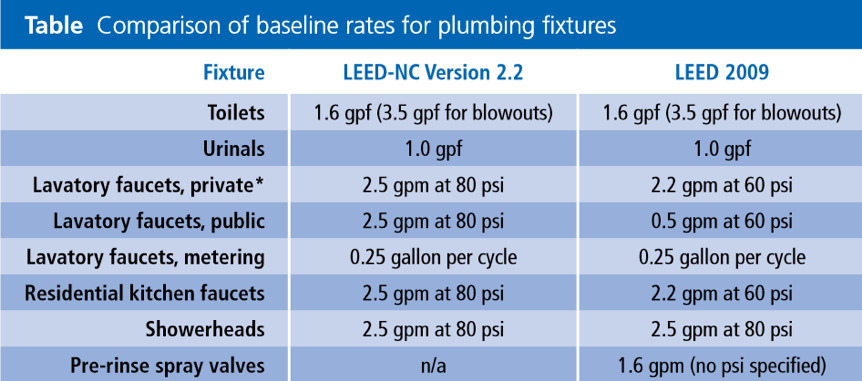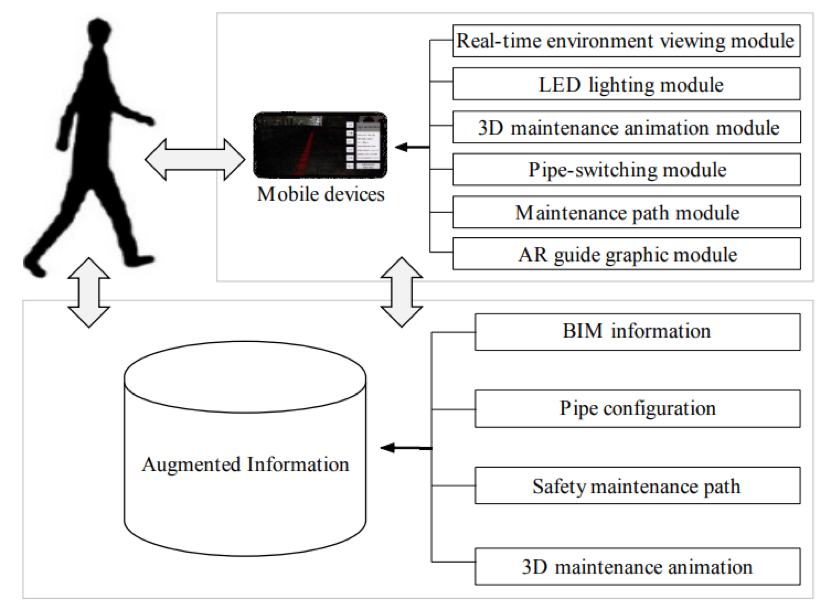Did you know that plumbing has been revolutionized during the last decades? In this article, we are going to summarize some new feature of modern plumbing.
Building Information Modeling
Building Information Modeling (BIM) is a relatively new concept in the construction industry. BIM provides manufacturers with the ability to manage documents and coordinate and simulate all processes during the entire project: planning, designing, building, operating and maintaining.
BIM typically uses 3D, real-time, and dynamic modeling software programs to increase the efficiency of designing and building process. All details of a building should be modeled in BIM to be used for analyzing all design options in a visualized environment. This helps manufacturers find out what the building will look like before starting the construction process.
BIM & MEP
Plumbing is also an important option many software developers include in their BIM solutions. Bentley Mechanical, Autodesk Revit MEP, and VectorWorks are some of the most sought after tools used for plumbing design.
BIM can help MEP (Mechanical, Electrical, and Plumbing) designers improve accuracy, save time and money, and optimize their design to reduce conflicts. MEP BIM tools give project managers insight into their design to improve collaboration, share data, and speed project delivery from design to construction.
Beginners get usually frustrated when first use BIM tools for designing plumbing. But please do not be worried; when you gain more experience with BIM in your plumbing design, you cannot quit it.
For example, if you face a challenge in designing sewage system underground, BIM tools can be of great use to you. With BIM, you will be informed of building footings and other structural obstacles. So, you can coordinate the exact locations such that the sewage system can be constructed without any issue in practice.
Clash Detection
With cities being cramped, building constraints are increasing by the day, especially in skyscrapers. Numerous constraints must be included in a very cramped space, which makes the construction process riskier.
Without an exact insight into the plumbing project in these confined spaces before starting the construction process, the investment can be a failure. Using building information modelling you can coordinate all details during the design process and reduce conflicts between mechanical, electrical, and architectural designers. This can help you prevent costly changes during construction.
Traditional CAD tools could not recognize plumbing elements and used to see them just as lines! With BIM, every element has its own code and every clash between these elements can be detected by the software itself. The clash detection feature available within BIM tools provides you with the great opportunity of finding all conflicts during the design process.
LEED Requirements
Another important usage of BIM in plumbing is helping designers to meet LEED requirements. LEED (Leadership in Energy and Environmental Design) is a rating system for green buildings released by the non-profit U.S. Green Building Council (USGBC).
Due to the global water shortage crisis, promoting water efficiency in plumbing and even building codes is now a must. The number of points that can be received from LEED by using low-flow plumbing fixtures is decreasing version by version. For example, the baseline for public faucets has been reduced from 2.5 GPM in V2.2 to 0.5 GPM in newer versions.

BIM can significantly help designers and manufacturers to enhance plumbing efficiency to receive LEED points. With BIM, designers can investigate several different strategies and compare them in terms of required GPM flow. BIM tools can help them exactly calculate the total GPM of the system and also simulate the whole system.
Maintenance Using Augmented Reality
Another fantastic feature of BIM that is currently being developed is combining with augmented reality technology. AR technology provides users with visualized information about any object they choose in the environment. This feature is revolutionizing all aspects of life from engineering to marketing.
AR maintenance system can offer a 3D animated instruction for any system, especially plumbing. A plumbing system including pipes, tanks, pumps, cooling towers, power switches, etc. can be modeled using BIM and animated using AR. This can substantially enhance the MEP maintenance procedure compared to traditional fault detection methods.

Non-Conformity with Codes
Another benefit of using BIM in plumbing design is the ability to check non-conformity cases with the national and local codes and instantly updating your design. If you work for an international firm that runs projects in different locations, you need to verify code compliance with different authorities.
When you use CAD drawings, there is always the risk of overlooking some data, especially when you revise the architecture or plumbing system. With BIM, plumbing designers can check the totals for fixture units and any other requirements to be as per national or local criteria.

